Launching a website in a foreign market is very challenging. You might have translated your website into a target language and after a few months, you realise it did not have as much success as you were expecting. In short, your website visitors are not converting.
When this occurs, you must ask yourself various questions: does it mean the market is saturated? Has the content been badly translated? Or are others, perhaps not so obvious, elements to blame for the lackluster performance?
When browsing a website, logos, layouts and content are all elements of a webpage that local internet users screen within seconds. If they are not correctly displayed, or not displayed at all, users will try to find them – and the more time they spend doing so, the more suspicious about the website they become. This will end up having those users not converting or simply leaving the website straight away.
As they say, you never get a second chance to make a first impression. Getting those local trust anchors right from the start thus is essential for improving international website conversions. Luckily, these are very often easy and quick to fix… but where to start?
Quick win #1: The layout
The layout is very important, especially if you launch a new brand in a local market. You might have noticed that a Korean website does not look like a French one, and a Chinese one does not resemble a Russian one. In South Korea, for example, websites tend to display a lot of images with little content and very often linking to another page:
Since the South Korean internet broadband is the fastest in the world, all the images can be loaded within seconds…
In the following example you can notice the difference between a page in Chinese and a page in German:
Chinese website example:
German website example:
On the Chinese page, there is no text next to the dress as the description is in the title. It is short and states the dress model and name, whereas the German page contains a brief description and more details about the dress itself.
Another example is the font. Whereas the Korean website displays bigger fonts on the homepage for the headings (the prices are bigger on the Chinese product page example as well), you can notice below, on a French website, that some words within the content will be bigger than others or in bold. While Korean and Chinese internet users tend to prioritise images, French internet users tend to pick up the most important words within content… and big brands understand this and tend to help them in that process:
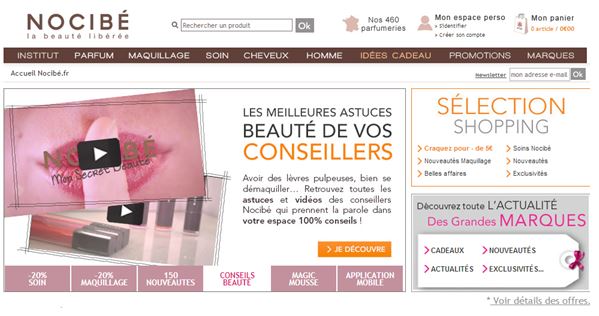 Those differences in terms of layout need to be taken into consideration when you launch a website in a different country.
Those differences in terms of layout need to be taken into consideration when you launch a website in a different country.
Quick win #2: The country and language-related anchors
Another important element you need to take into consideration relates to country and language selection. For example, if your website sits on the same domain and is available in various languages, you need to ensure your drop-down menu displaying the options is in the actual target languages:
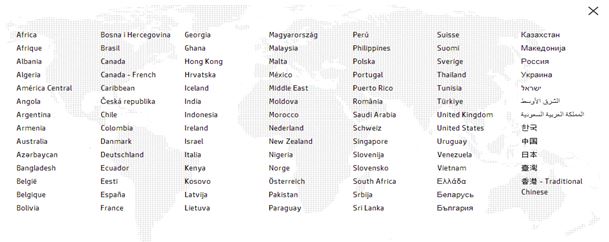 The example above is quite good actually, as you can see that this company made an effort to have the list of countries in the available languages (Belgie (Flemish) vs Belgique (French)). Even if you can see a tiny mistake (Canada – French instead of Canada – français), you can assume that if the other countries are displayed in English, it means that the website has not been translated yet in the local language.
The example above is quite good actually, as you can see that this company made an effort to have the list of countries in the available languages (Belgie (Flemish) vs Belgique (French)). Even if you can see a tiny mistake (Canada – French instead of Canada – français), you can assume that if the other countries are displayed in English, it means that the website has not been translated yet in the local language.
Alternatively, you can replace the name of the language with a flag:
In that instance, even if the website is not yet in the local version, the internet user is clearly invited to read all the information available in their country such as correct price (local taxes added for example), correct measurement units (centimetres versus inches) and sizes, correct currencies and possibly the delivery and payment options.
Quick win #3: Payment and delivery options
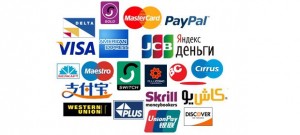 Having the right products or services for a market is one thing; making local internet users purchase them is another. The most frustrating experience for a company which launches a website in a target market is to see that there is traffic to their website but no conversions.
Having the right products or services for a market is one thing; making local internet users purchase them is another. The most frustrating experience for a company which launches a website in a target market is to see that there is traffic to their website but no conversions.
Payment options need to be relevant to the country you are targeting. Some countries still privilege bank transfers, even if it gets rarer. A good way to purchase a product on the internet in Western Europe and America is PayPal. However, PayPal is not used in China – you will have to consider Alipay instead.
Also, payment by card is widely used nowadays. However, there are many different providers and their popularity varies significantly from one country to the other.
Furthermore, proof of secure payments will always be a massive trust anchor for an internet user. You could display the VeriSign logo, but in some countries it does not mean anything. You will have to find the different software and organisations you can register with so you can display their logo and properly enter the market you want to target. In some other countries, a padlock logo will be sufficient.
Finally, delivery options need to be clearly stated. On the following French website, that logo appears at the bottom of the homepage:
This logo doesn’t mean anything for someone who is not French. Actually, it is the logo of the parcel service of the French post office. It means that the delivery will be done by a recognised company and that insurance for damage or lost parcel can be added. It also means that you have different options in terms of delivery: pick it up at a listed location, get it delivered straight to your home address, or track delivery with text messaging service and tracking number.
Other factors to bear in mind…
When you are ready to purchase an item online, you might want to check first the return policies and customer service desk availability. When your potential customers see a phone number they can’t recognise with a different country code, they might feel a bit reluctant to commit to buy.
Last but not least, a factor to bear in mind is the content on your website. If it contains misspellings, grammar errors or if the content does not read naturally in the target language, potential customers will be very suspicious over the quality of services and products the website will deliver.
In a nutshell, it is extremely important to take into consideration what a target market is used to in terms of online behaviour. Translating content is usually not enough and some other elements need to be localised prior to launching your website in a target market…
Who trusts a website which offers very good deals but where no guaranty is clearly displayed? Personally, I don’t and I would most likely spend more for the same product or service on a website I know I can complain to or just interact with instead of risking wasting my money with a website I can’t trust.
Benjamin Lefebvre
Latest posts by Benjamin Lefebvre (see all)
- French search engines and what to consider when optimising for them - March 7, 2018
- Help! I Want To Expand My Business Internationally, But Where Do I Start? - October 13, 2014
- A guide to international keyword research: The 3D approach - July 21, 2014
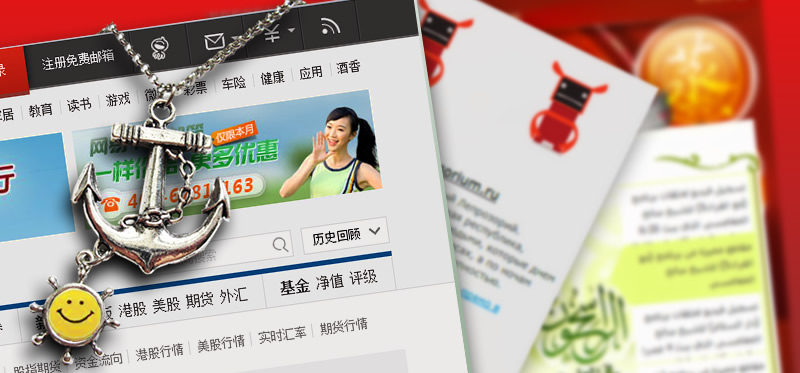

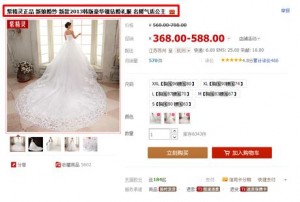
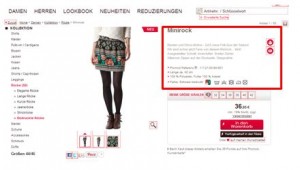
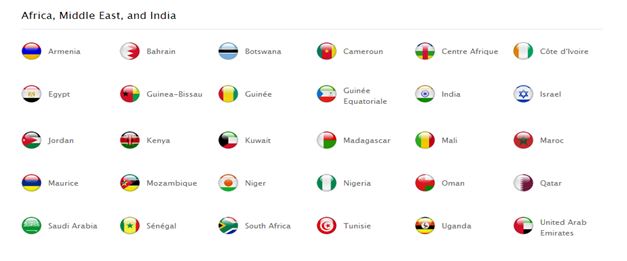


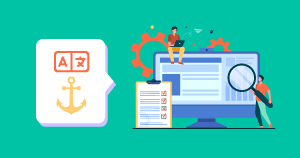

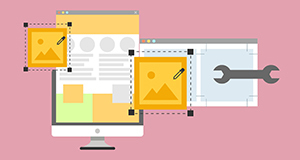
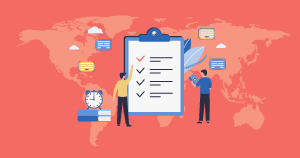

[…] on other trust anchors to consider for your international websites then have a look at a previous post by Benjamin […]
[…] reading Ben’s recent blog post International Website Conversion: 3 Ways to Build User Trust it got me thinking about the importance of adapting websites to suit their intended international […]
Hello Sir,
I want to ask something regarding brazil keywords. If i want to target brazil country with Brazilian keywords, Is it necessary to buy a domain on br extension? Also, how can i optimize my current site at brazil country with brazilian keywords? Should I add a page in brazilian language on the current site and optimize it?
Kindly help me out and provide some gsuggestion regarding this so that I can grab brazil visitors on my website in right way.
Thanks,
Dazy